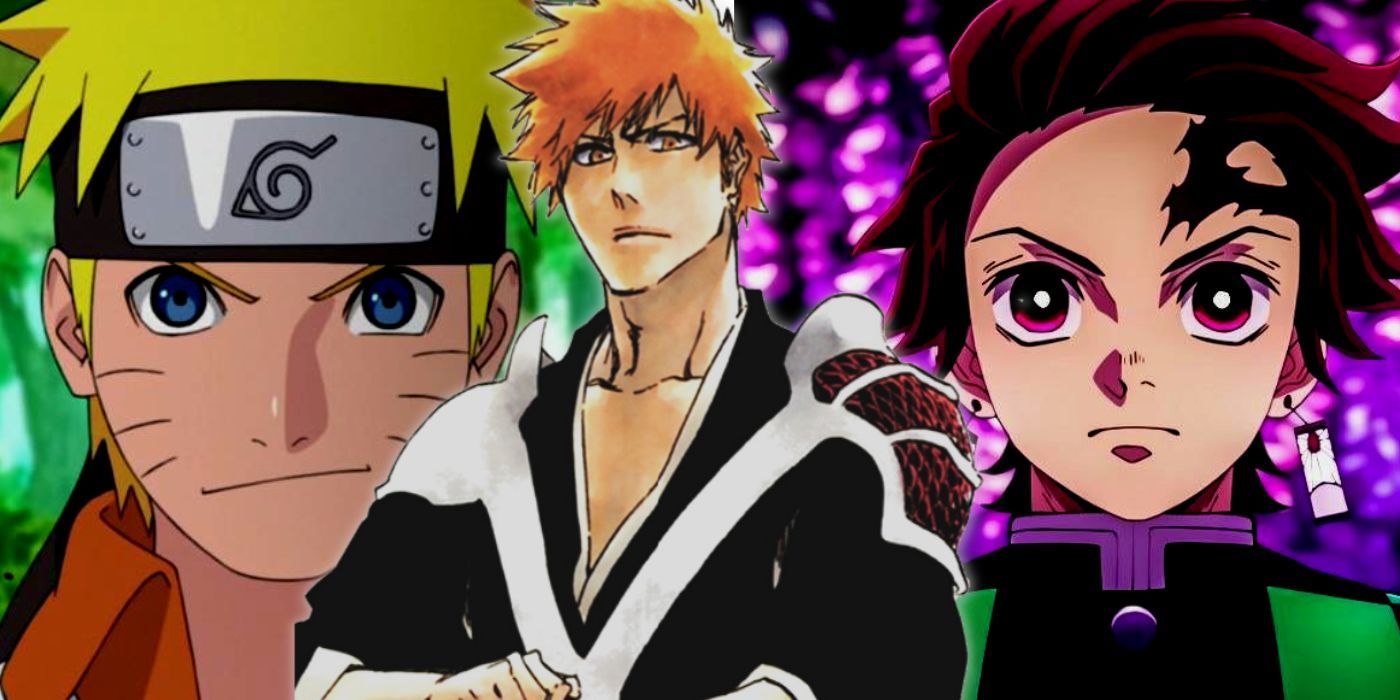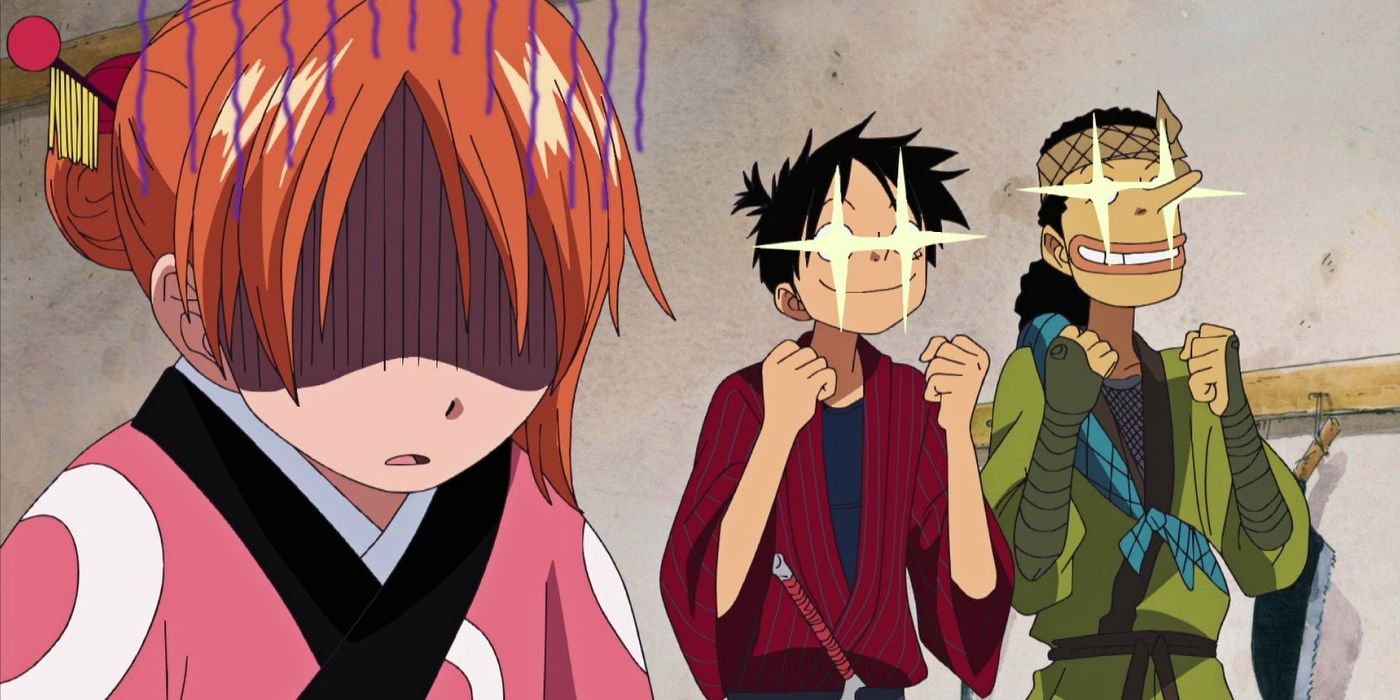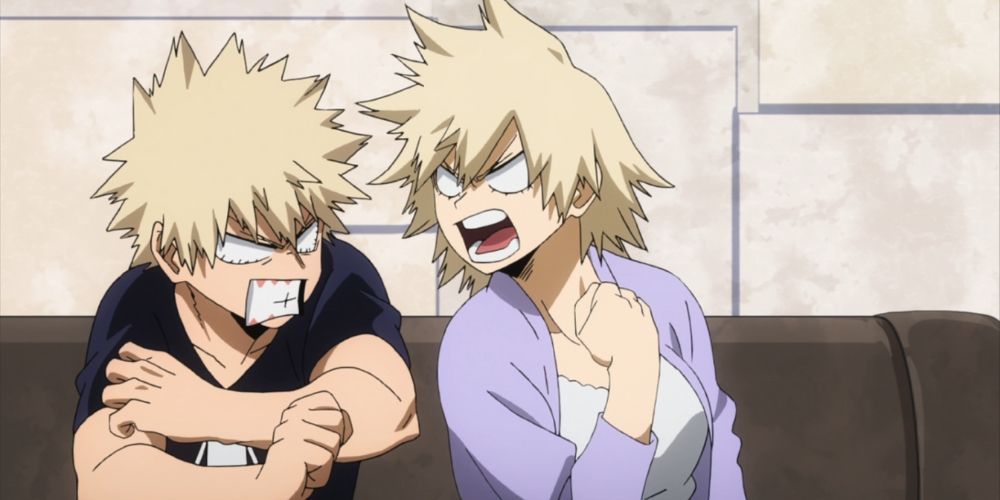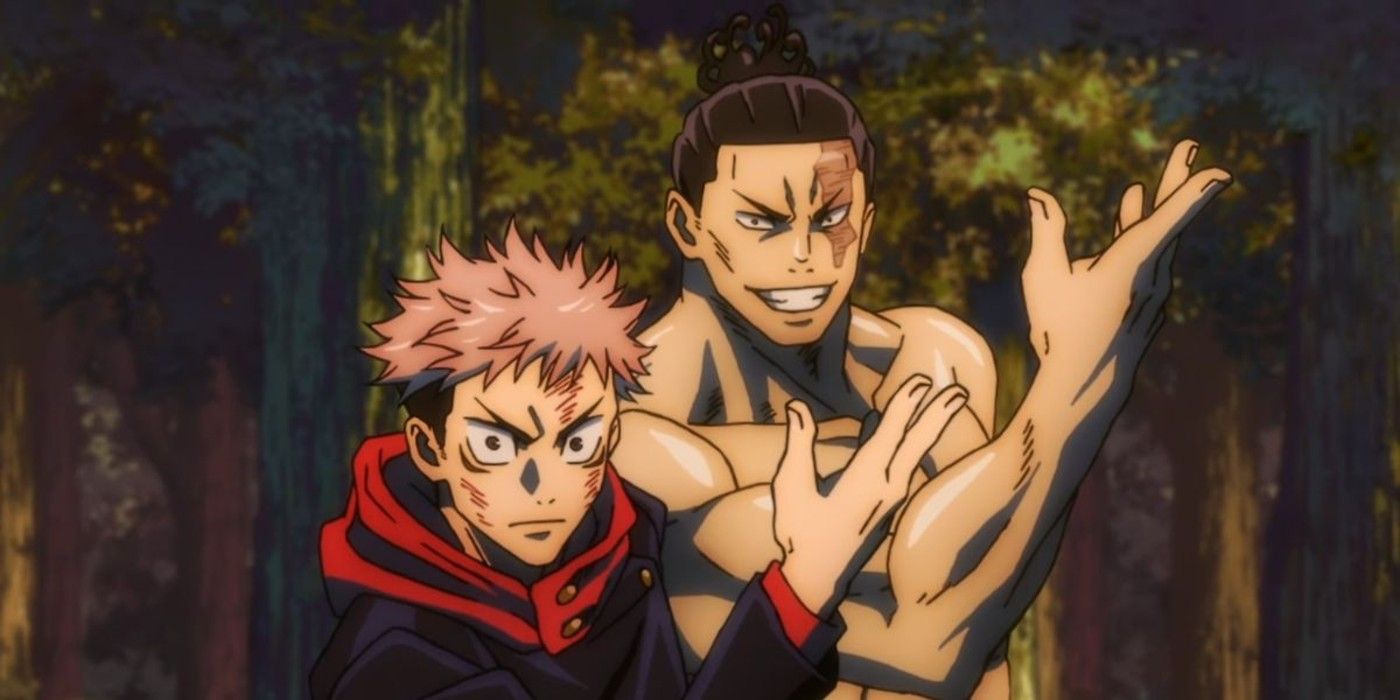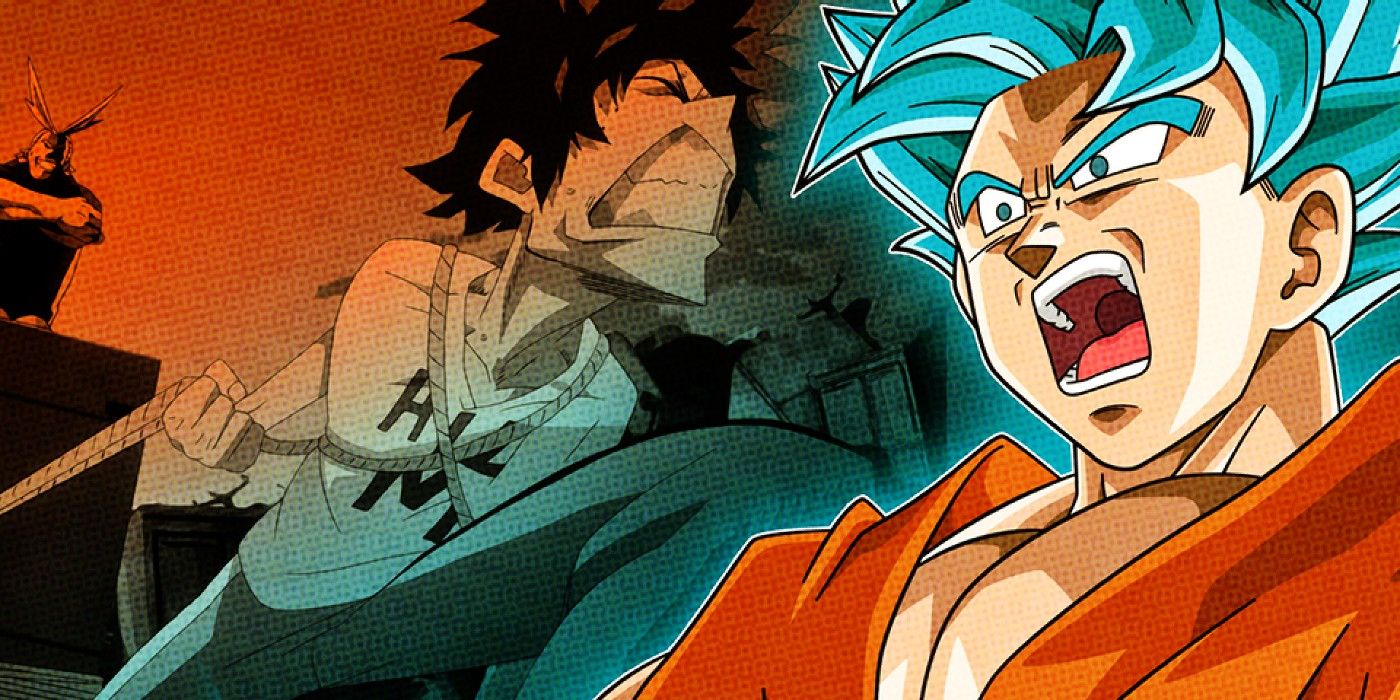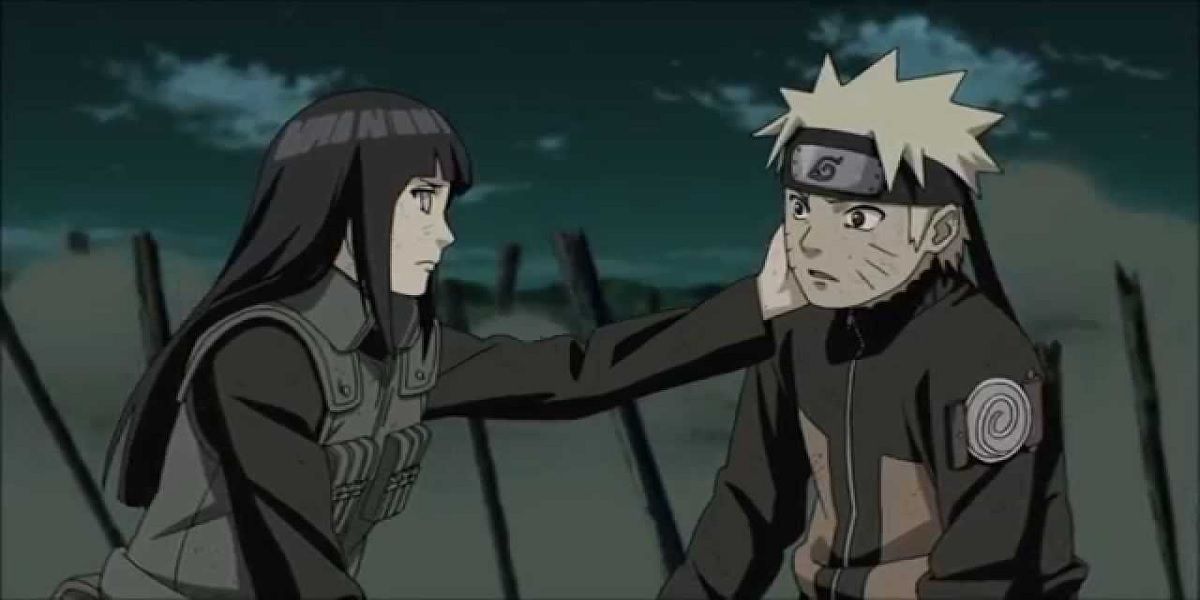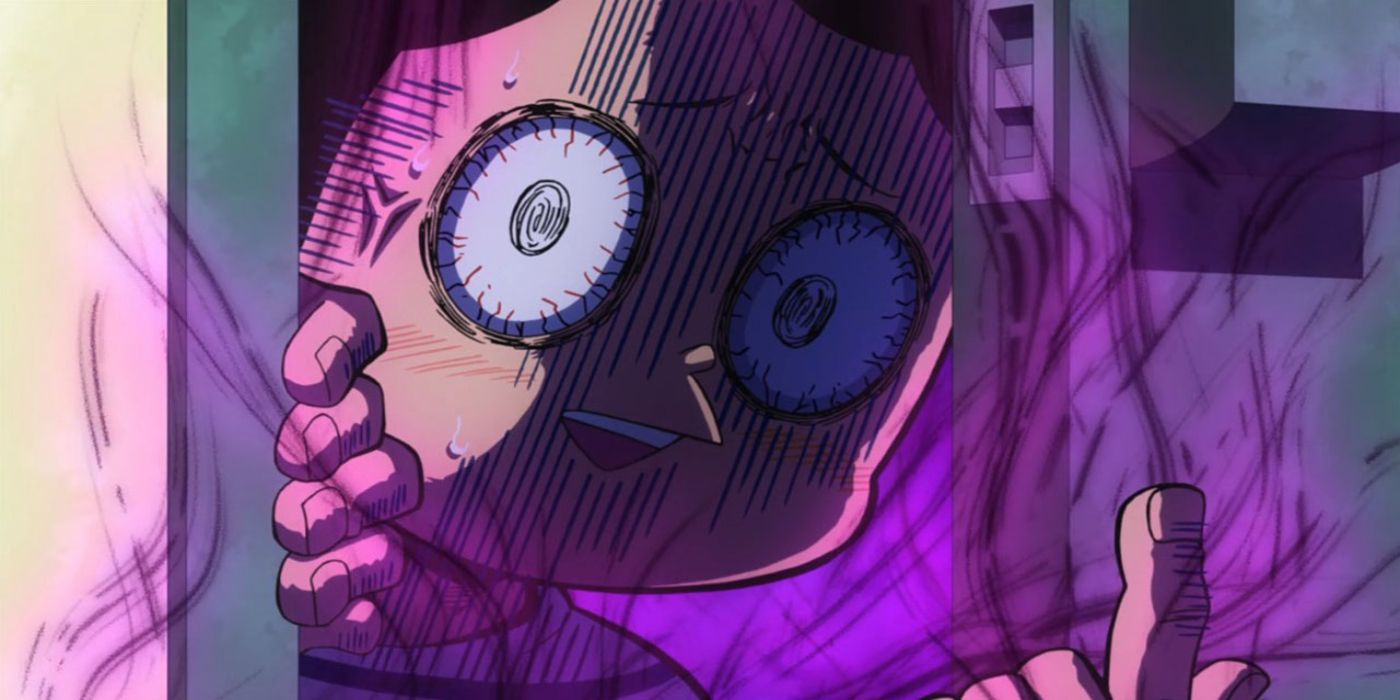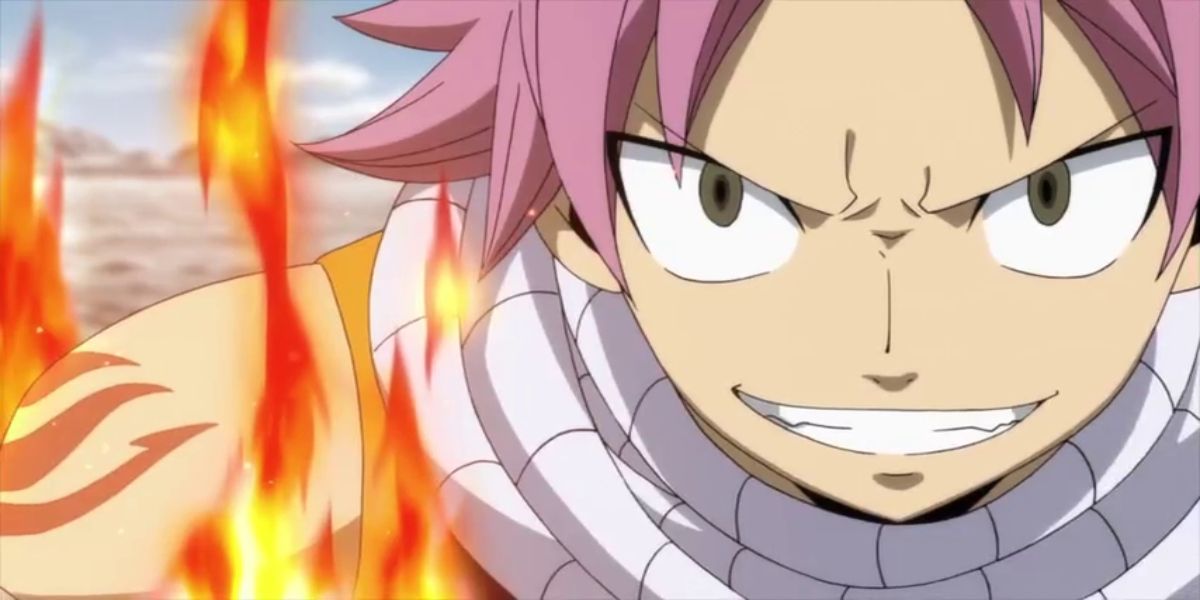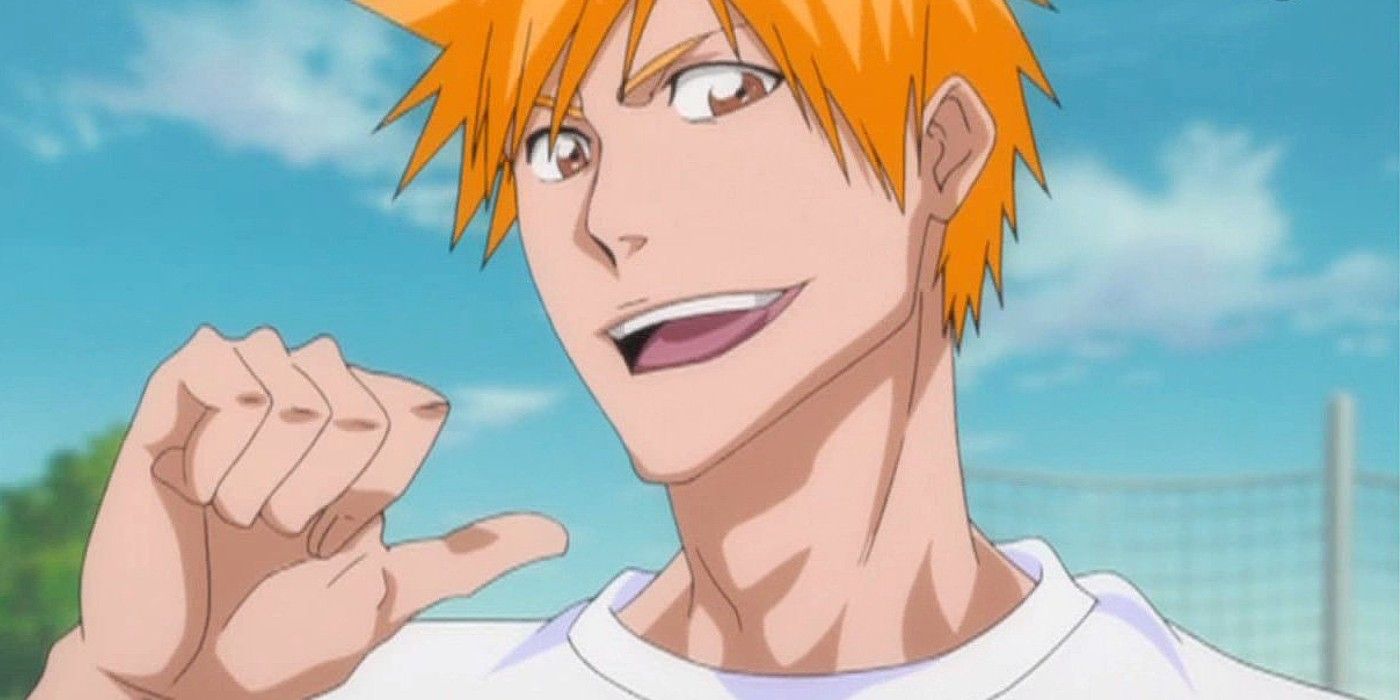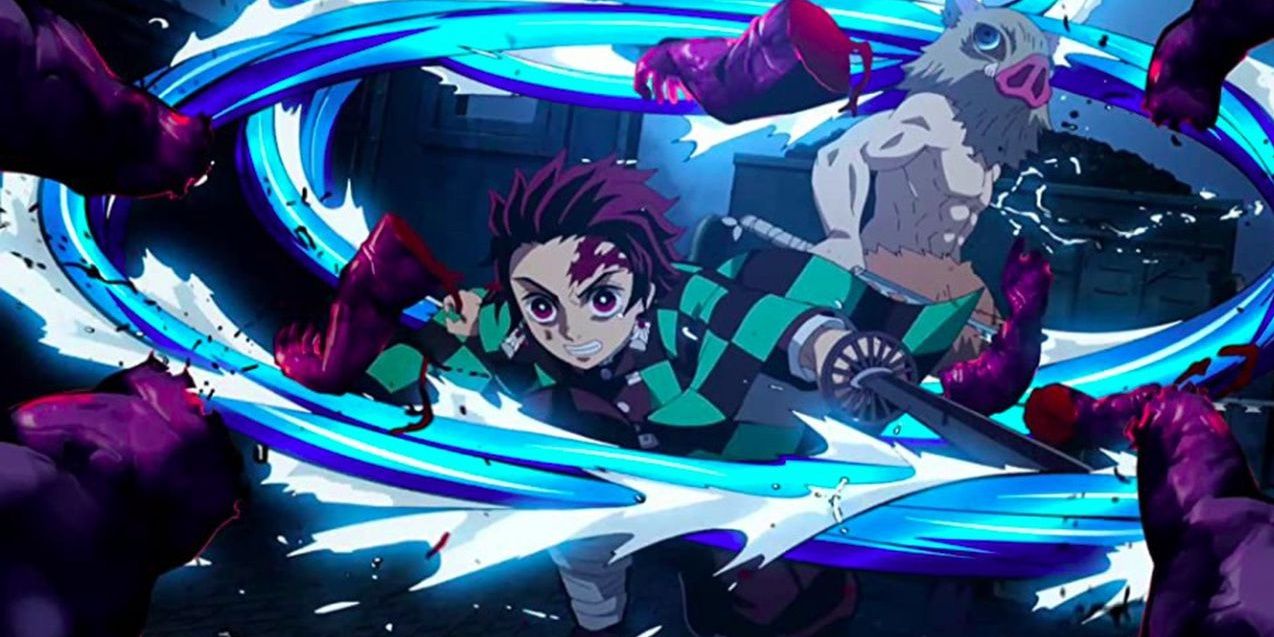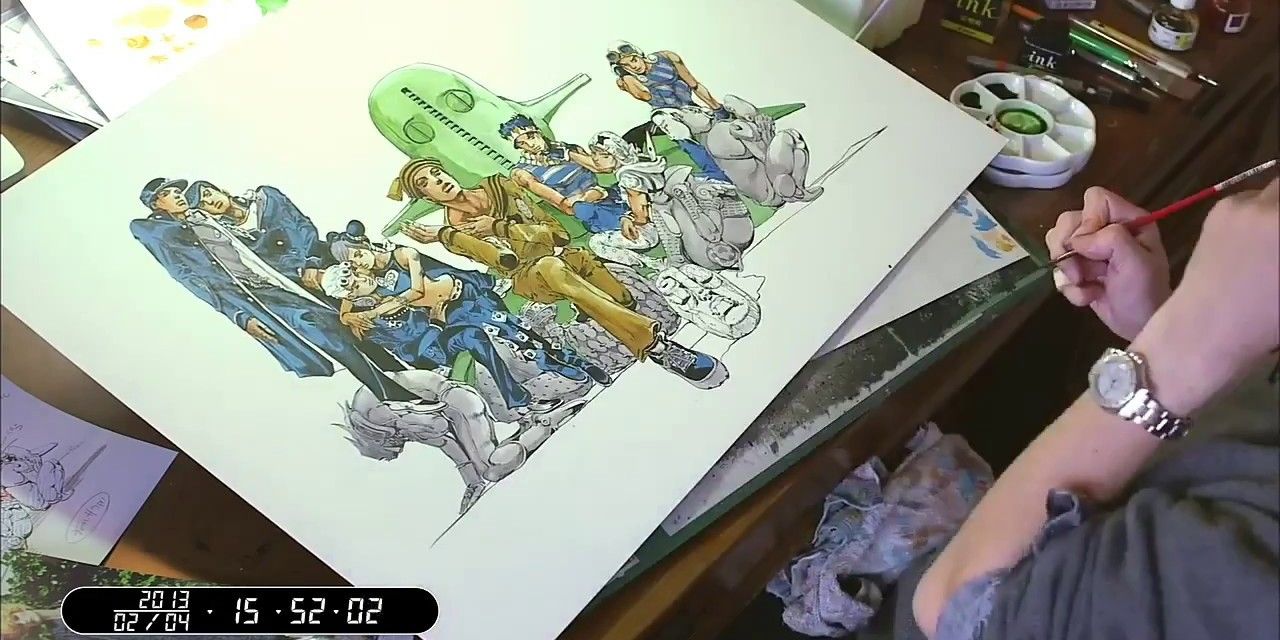Oftentimes, most people's first exposure to anime is a title from the shonen demographic. Whether it's the psychological warfare of Death Note or the action-packed classic Naruto, shonen anime is a versatile phenomenon that holds a very special place in the hearts of otakus around the world. Shonen's universal appeal is undeniable, but it's far from perfect.
A few of shonen's most glaringly obvious flaws aren't necessarily the fault of the mangakas or the series themselves, but instead with the industry as a whole. However, there are certainly a few trends that are hindering some of the genre's best titles.
10 Filler Episodes Aren't Bad, But Shonen Anime Is Oversaturated With Them
Filler episodes aren't necessarily a bad thing. Sometimes, it's a good thing when the story breaks from the constant battles to show the heroes having some fun for a change. However, shonen anime has a reputation for being oversaturated with filler.
Filler episodes derail the series' pacing, and they tend to appear mid-way through a significant story arc, which is all too common in Bleach and Naruto. Though My Hero Academia doesn't have nearly as much filler as its predecessors, it's also guilty of dropping unrelated fillers in the middle of its most important arcs.
9 Many Of The Heroes' Parents Are Absent, Dead, Or Abusive
Given that most of the genre's characters are teenagers, it'd make sense to at least introduce their parents. While some parents, such as Ichigo's dad or Izuku's mother, play a significant role in the story, the same cannot be said for many other shonen heroes.
Naruto's parents are dead, Gon's father is entirely absent, and nothing is known about Izuku's father. On the flip side, several anime characters were forced to grow up too soon because of their abusive families, such as Todoroki or Maki Zenin. It would be a nice change of pace to see a shonen hero have a healthy relationship with both of their parents.
8 The Same Arcs Are Repackaged & Repeated Across Several Shonen Series
One of shonen's most common criticisms is that it's too formulaic. Many series take one arc or plotline from another, repackage it, and then repeat it. After seeing it enough times, the genre can feel gimmicky and redundant. Every shonen anime is going to have a tournament arc. My Hero Academia's tournament arc was the U.A. Sports Festival, while Jujutsu Kaisen's was the Goodwill Event.
Of course, shonen also tends to overuse training arcs. In Yu Yu Hakusho, Yusuke had to train for The Dark Tournament, while in Haikyuu!, Karasuno went to Tokyo to train with Nekoma. These repetitive arcs can be some of the best across the medium, but it starts to feel predictable if no series dares to break the mold and experiment a bit.
7 Shonen Anime Uses The Same Tropes Over & Over
Similar to how certain arcs are expected in every title, shonen loves recycling the same tropes over and over. It's a contributing factor in why shonen tends to feel formulaic.
It's a given that every shonen protagonist will push their bodies to the limit during a training arc, just like how it's a no-brainer that almost all of the heroes will have a tragic flashback to tug on the audience's heartstrings. In battle shonen, it's pretty common to see more dialogue and insult-slinging between the hero and villain than it is to see any actual fighting. Most of these tropes seem empowering in theory, but they often translate as melodramatic.
6 Romantic Relationships Are Put On The Backburner
Most of shonen's romantic relationships are either nonexistent, tokenized, or only revealed at the end of a series. While most people aren't running to the genre to become immersed in heartwarming love stories, it would be nice to see the heroes have a healthy relationship to turn to at the end of a battle.
There are certainly subplots and hinted relationships, but it's rare to see a full-fledged romance in shonen. On top of that, it would make the genre feel a bit more realistic. After all, having crushes and getting into relationships is normal for real-life teenagers, so it wouldn't be a stretch to incorporate it into the genre's predominately adolescent cast.
5 Perverted Characters Are Meant To Be Comic Relief, But It Never Works Out Well
Crude humor is one of the best aspects of shonen anime, but perverted characters take things too far. The worst example, of course, is My Hero Academia's Mineta. This guy is more concerned with being a creep toward the female cast than being a hero. Mineta may be the most dramatic example, but several other perverted characters are nothing short of creepy and problematic.
Jiraiya from Naruto, Zenitsu from Demon Slayer, and Shigure from Fruits Basket are just a few more examples of this all-too-common character trope. On top of that, there's a discussion about how in almost every hot springs episode in shonen, the male characters are almost always trying to find a hole in the wall to peep on the female cast.
4 Many Shonen Protagonists Feel Copied & Pasted From The Rest
Another unavoidable element in shonen anime is that many protagonists feel like they were copied and pasted by their predecessors. Most of the genre's protagonists are gung-ho teenagers with grandiose dreams of saving the world, tons of power, and the power of friendship on their side.
Luckily, there are a few leads who reinvent the wheel and feel refreshing to seasoned viewers. Jujutsu Kaisen's Yuji reinvents every trope for shonen protagonists, Eren Yeager is more of an anti-hero at this point, and Chainsaw Man's Denji doesn't have any extraordinary goals and just longs for the essentials.
3 Some Of The Heroes' Accomplishments Feel Forced
Everybody roots for the heroes to defeat the bad guys, but many of the victories in shonen feel contrived. Fairy Tail is notorious for pulling its heroes through a battle solely with the power of friendship and a few forced power-ups. Similarly, Ichigo somehow rose through the ranks to Bankai in just three days — a feat that would take anyone else decades to achieve.
Luckily, this trope is gradually fading, but it got replaced with the all-too-common painstakingly brutal training arcs. For example, Izuku Midoriya and Tanjiro Kamado had to endure months of strenuous training just to get to the first stepping stone of their respective goals.
2 Shonen Fandoms Tend To Be The Most Toxic
When massive groups of people are gathered to discuss one specific topic, there's bound to be a couple of dozen arguments somewhere along the line. Add the internet and social media into the equation, and suddenly every day becomes World War 3.
In the case of anime, shonen fans tend to make the most noise compared to fans of other genres. Whether it's setting Demon Slayer up by saying it's carried by the animation, passionate debates about power-scaling, or having the millionth shipping war of the week, there's always some controversy in online anime fandoms.
1 Mangakas & Animators Are Often Overworked
For fan-favorite anime series to exist, it all starts with the person creating the source material. Mangakas, or manga authors, certainly aren't in the easiest line of work. They're expected to pump out weekly chapters on an intense schedule, resulting in burnout, overwork, and severe sleep deprivation.
By extension, most animators aren't working in the best conditions and are underpaid. Even the most famous studios, such as MAPPA, have had controversies regarding how they treat their animators. They have to work unbelievably long hours to churn out these series, and the more popular it is, the more pressure is placed on them. This isn't just an alarming trend in shonen, but with the medium as a whole. Fans should be more considerate of the people behind the art before complaining about the quality of the animation or the manga's visuals.

